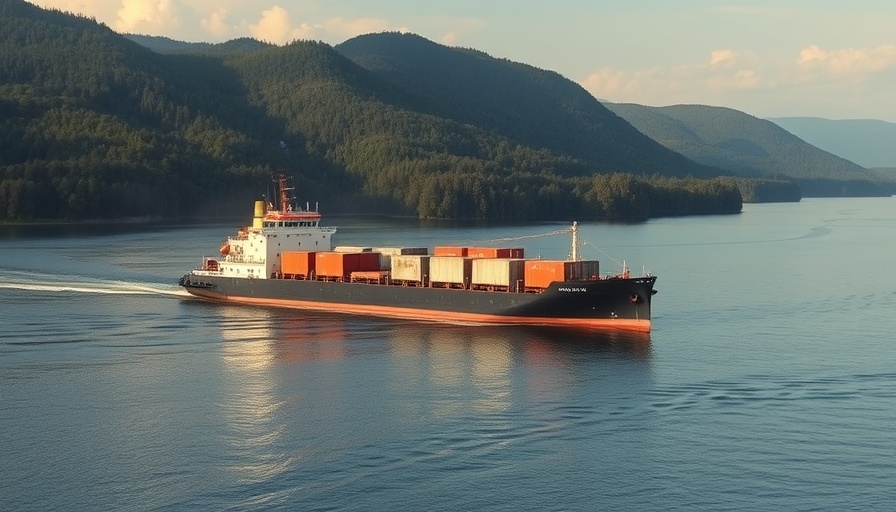
FuelEU Maritime: Opportunities Hidden in Compliance
The introduction of the FuelEU Maritime regulation has sparked significant discussions in the shipping industry regarding its implications. While on the surface, compliance may appear to present a financial burden, a recent analysis by OceanScore suggests a potential net financial gain of $279 million. As such, stakeholders may need to read beyond conventional lines and adopt innovative approaches to compliance.
Understanding Compliance and Its Financial Landscape
The FuelEU regulation mandates a reduction in greenhouse gas emissions across the maritime sector. Initially, it appears daunting, especially as it highlights a staggering compliance deficit of 2.1 million metric tons (MT) of CO₂e among vessels. However, the silver lining, according to OceanScore, lies in the efficiency of certain carriers, notably LNG and LPG carriers, which generate a surplus of about 1.3 million MT of CO₂e. This generates a net compliance gap of only 0.8 million MT, which can be tackled with biofuels.
Biofuels: The Double-Edged Sword of Emissions Compliance
Biofuels, like UCOME, are positioned as crucial assets in bridging compliance deficits. However, these fuels come with limitations; they generally have a lower calorific value and higher price point. Even so, they offer significant benefits in terms of emissions reduction credits under the EU Emissions Trading System (ETS). OceanScore estimates that covering the compliance gap through biofuels will cost the industry approximately $223 million, a comparatively small figure for an industry with enormous stakes.
Revenue Generation through Emission Surcharges
One of the most interesting aspects of the regulation is how it interlinks with revenue generation. OceanScore’s model indicates that if just half of the operators take to applying emissions surcharges, the total additional revenue could soar to $502 million. This figure ultimately positions stakeholders to potentially profit, even after accounting for compliance costs.
Complex Relationships within the Shipping Value Chain
The financial effects of FuelEU are far from straightforward. Each entity in the shipping value chain—owners, charterers, and managers—will experience compliance costs differently and thus have varying leverage in negotiating these costs. Charterers may try to pass off more costs than they bear, while owners negotiate frameworks and managers settle compliance obligations. This complex interdependence could reshape how profit is distributed in the shipping sector moving forward.
The Emergence of a Compliance Credit Market
The introduction of the FuelEU regulation is not merely a new rule; it signifies the birth of a compliance credit market. Entities will soon find themselves navigating a landscape where they buy and sell surpluses and deficits, adding layers of strategy to their business plans. Such tactics will act as leverages to enhance competitiveness, underscoring the need for organizations to rethink traditional operational tactics.
Looking Ahead: Is Profit from Compliance Sustainable?
While the prospect of a $279 million net gain is enticing, the question of sustainability looms large. The trajectory of emissions-related costs, evolving regulations, and global responses to climate change may dramatically reshape the financial landscape. Stakeholders will need to remain vigilant and agile to adapt to ongoing market fluctuations. Analyzing the broader implications of regulations like FuelEU, and drawing lessons from their impacts could provide invaluable insights.
Action Through Awareness: How to Proceed
Given the volatility and complexity tied to compliance under FuelEU Maritime, stakeholders must educate themselves and prepare strategically. By embracing innovative financial models and sustainable practices, the industry could potentially unlock unprecedented profitability.”
 Add Row
Add Row  Add
Add 




Write A Comment